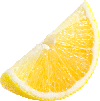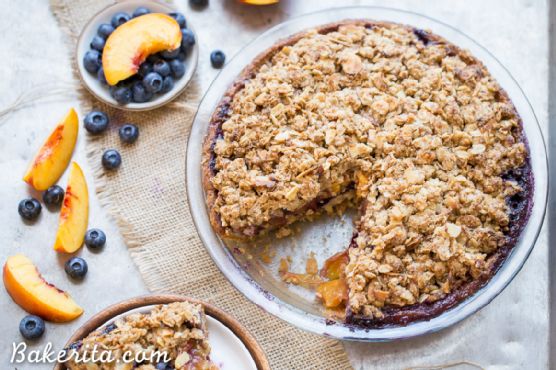Salmon with Lemon-Pepper Sauce and Watercress-Herb Salad
You can never have too many main course recipes, so give Salmon with Lemon-Pepper Sauce and Watercress-Herb Salad a try. This recipe serves 6 and costs $5.06 per serving. One portion of this dish contains about 36g of protein, 21g of fat, and a total of 375 calories. If you have olive oil, honey, fresh tarragon leaves, and a few other ingredients on hand, you can make it. A few people made this recipe, and 17 would say it hit the spot. It is brought to you by Bon Appetit. It is a good option if you're following a gluten free, primal, and pescatarian diet. From preparation to the plate, this recipe takes approximately 45 minutes. Overall, this recipe earns a tremendous spoonacular score of 95%. If you like this recipe, you might also like recipes such as Salmon With Lemon-pepper Sauce And Watercress-herb Salad, Roasted Lemon Pepper Herb Chicken Thighs with Lemon Wine Pan Sauce, and Pepper-Roasted Salmon With Mustard-Herb Cream Sauce.
Servings: 6
Ingredients:
1 cup crème fraîche or sour cream
1/4 cup small fresh dill sprigs
Fleur de sel*
1/4 cup fresh tarragon leaves
2 tablespoons honey
3 tablespoons plus 2 teaspoons fresh lemon juice, divided
1 teaspoon finely grated lemon peel, divided
6 lemon wedges
1 tablespoon plus 2 teaspoons olive oil plus additional for brushing
6 6-oz salmon fillets
2 tablespoons chopped shallot
1 1/2 cups (lightly packed) watercress leaves and small sprigs
Equipment:
whisk
bowl
glass baking pan
baking sheet
aluminum foil
oven
Cooking instruction summary:
Whisk crme frache, 1 tablespoon lemon juice, and 1/2 teaspoon lemon peel in small bowl. Season with salt and generous amount of pepper.Whisk honey, 1 tablespoon olive oil, shallot, 2 tablespoons lemon juice, and remaining 1/2 teaspoon lemon peel in 11x7x2-inch glass baking dish. Add salmon fillets and turn to coat. Cover and chill at least 15 minutes and up to 1 hour, turning salmon fillets occasionally. Position rack in top third of oven and preheat to 400F. Line large baking sheet with foil and brush with olive oil. Transfer salmon fillets, with some marinade still clinging, to rimmed baking sheet. Roast until salmon is just opaque in center, about 14 minutes.Meanwhile, toss watercress leaves and sprigs, dill sprigs, tarragon leaves, remaining 2 teaspoons lemon juice, and remaining 2 teaspoons olive oil in medium bowl. Season to taste with fleur de sel and pepper. Place 1 salmon fillet on each of 6 plates. Top with watercress salad. Drizzle with lemon-pepper sauce and garnish with lemon wedges. Serve, passing additional sauce alongside.
Step by step:
1. Whisk crme frache, 1 tablespoon lemon juice, and 1/2 teaspoon lemon peel in small bowl. Season with salt and generous amount of pepper.
2. Whisk honey, 1 tablespoon olive oil, shallot, 2 tablespoons lemon juice, and remaining 1/2 teaspoon lemon peel in 11x7x2-inch glass baking dish.
3. Add salmon fillets and turn to coat. Cover and chill at least 15 minutes and up to 1 hour, turning salmon fillets occasionally. Position rack in top third of oven and preheat to 400F. Line large baking sheet with foil and brush with olive oil.
4. Transfer salmon fillets, with some marinade still clinging, to rimmed baking sheet. Roast until salmon is just opaque in center, about 14 minutes.Meanwhile, toss watercress leaves and sprigs, dill sprigs, tarragon leaves, remaining 2 teaspoons lemon juice, and remaining 2 teaspoons olive oil in medium bowl. Season to taste with fleur de sel and pepper.
5. Place 1 salmon fillet on each of 6 plates. Top with watercress salad.
6. Drizzle with lemon-pepper sauce and garnish with lemon wedges.
7. Serve, passing additional sauce alongside.
Nutrition Information:
covered percent of daily need















